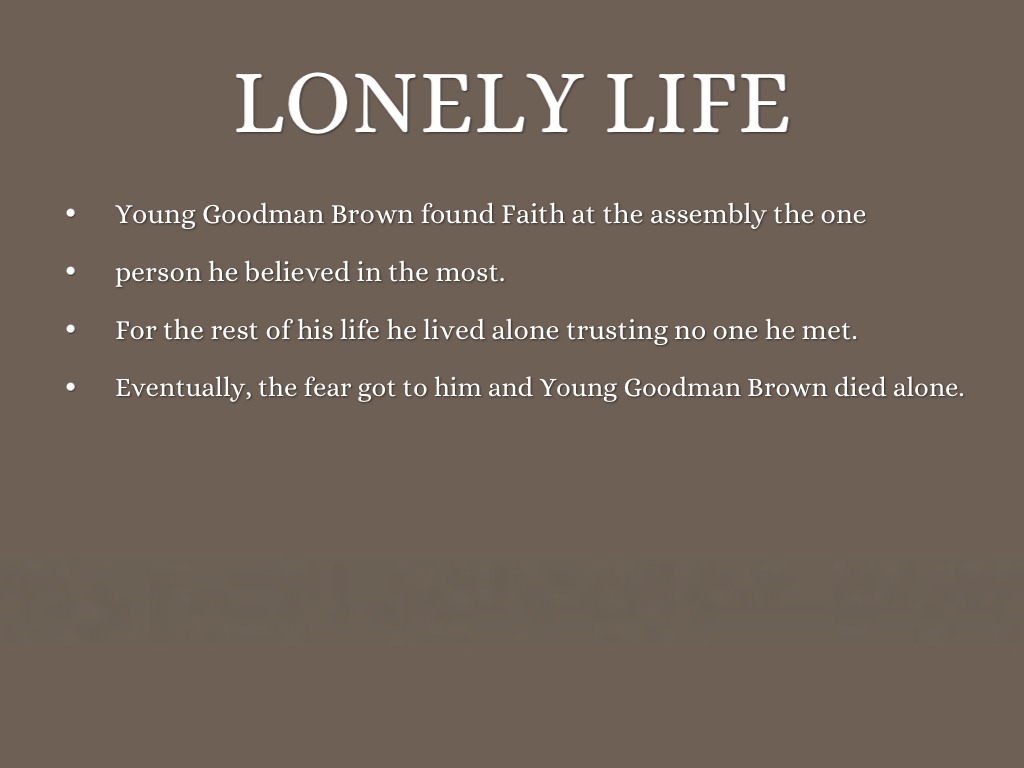In today's digital age, communication has taken on various forms, and so have the nuances of our language. One such term that has recently gained traction is "dry begging." This phrase encapsulates a phenomenon where individuals subtly request help or support without explicitly stating their needs. It is a form of indirect solicitation that often occurs on social media platforms or within personal conversations. Understanding the dry begging meaning is essential, as it sheds light on the underlying social dynamics and emotional contexts that drive people to engage in this behavior.
As social media continues to shape our interactions, the concept of dry begging has become increasingly relevant. It resonates with those who might feel uncomfortable asking for direct assistance or those who want to maintain a façade of independence even while needing support. This behavior can manifest in various ways, from vague posts about struggling to feeling overwhelmed, sparking a wave of sympathy and offers of help from friends and followers. Understanding the dry begging meaning can help us navigate these interactions more effectively.
Moreover, identifying dry begging can also lead to more productive conversations about mental health and emotional well-being. When we recognize that a person is dry begging, it opens the door for us to engage with them more meaningfully. Instead of waiting for them to state their needs outright, we can offer our support in a way that respects their feelings and encourages open dialogue. By exploring the dry begging meaning, we can foster a more compassionate community where individuals feel safe expressing their vulnerabilities.
What is the Definition of Dry Begging?
Dry begging refers to the act of hinting at one's needs or desires without directly asking for assistance. It often involves vague statements that imply a need for help or support, inviting others to offer assistance without the individual having to explicitly request it. This behavior can be observed in various contexts, including social media, where users may post about their struggles or challenges in a way that encourages sympathy and support.
How Does Dry Begging Manifest in Social Media?
On social media platforms, dry begging can take several forms, including:
- Vague status updates that hint at personal struggles
- Photos or memes that evoke feelings of sadness or nostalgia
- Subtle references to needing help without directly asking
- Engaging in discussions that reveal underlying issues
These manifestations can create a sense of urgency or sympathy among followers, leading them to offer help or support without the individual having to ask for it directly.
Why Do People Engage in Dry Begging?
There are several reasons why individuals might resort to dry begging:
- Fear of Rejection: Some people may worry about being turned down if they ask for help outright.
- Desire for Independence: Many individuals prefer to maintain a sense of autonomy and might feel uncomfortable openly admitting they need assistance.
- Social Dynamics: In certain circles, asking for help can be perceived as a sign of weakness, leading individuals to adopt a more indirect approach.
- Seeking Validation: Some may engage in dry begging to elicit responses from others, providing them with a sense of validation and support.
What are the Emotional Implications of Dry Begging?
Engaging in dry begging can have various emotional implications for both the individual and their audience:
- Feelings of Isolation: While aiming to reach out, individuals may inadvertently feel more isolated if their hints go unnoticed.
- Miscommunication: The indirect nature of dry begging can lead to misunderstandings, where the intended message may not be received as planned.
- Increased Anxiety: Worrying about how their hints will be interpreted can heighten anxiety for the person dry begging.
- Empathy from Others: For those who recognize the signs, it can foster a sense of empathy and encourage them to reach out more directly.
How Can We Respond to Dry Begging Effectively?
Recognizing dry begging in others is just the first step; responding effectively can make a significant difference. Here are some ways to engage:
- Reach Out Directly: If you suspect someone is dry begging, consider sending them a private message to check in.
- Offer Support: If appropriate, let them know you are available to help, whether it’s listening or providing practical assistance.
- Encourage Open Communication: Foster an environment where discussing needs is normalized, reducing the stigma around asking for help.
What are the Boundaries of Dry Begging?
It's important to recognize boundaries when it comes to dry begging. Not everyone may be comfortable addressing their needs, and some might prefer to keep their struggles private. Here are some points to consider:
- Respect Privacy: If someone does not respond to hints, respect their space and choice to remain private.
- Avoid Overstepping: While offering help is noble, be mindful not to push someone to disclose more than they are comfortable sharing.
- Recognize Patterns: If dry begging becomes a regular occurrence, it might be worth having a more direct conversation about support and boundaries.
Conclusion: Embracing Open Communication
Understanding the dry begging meaning is crucial in today's interconnected world. By recognizing this behavior, we can create a supportive community that encourages individuals to express their needs openly. It's essential to foster an environment where asking for help is not seen as a weakness but rather as a strength. As we navigate our relationships, both online and offline, being attuned to the nuances of communication will help us respond with empathy and understanding.
The Bold And The Beautiful Spoilers: What To Expect In The Next 2 Weeks Ahead
Discovering The Salt Trick For ED: An Unconventional Approach
Transformative Journey: George Conway's Weight Loss Story


